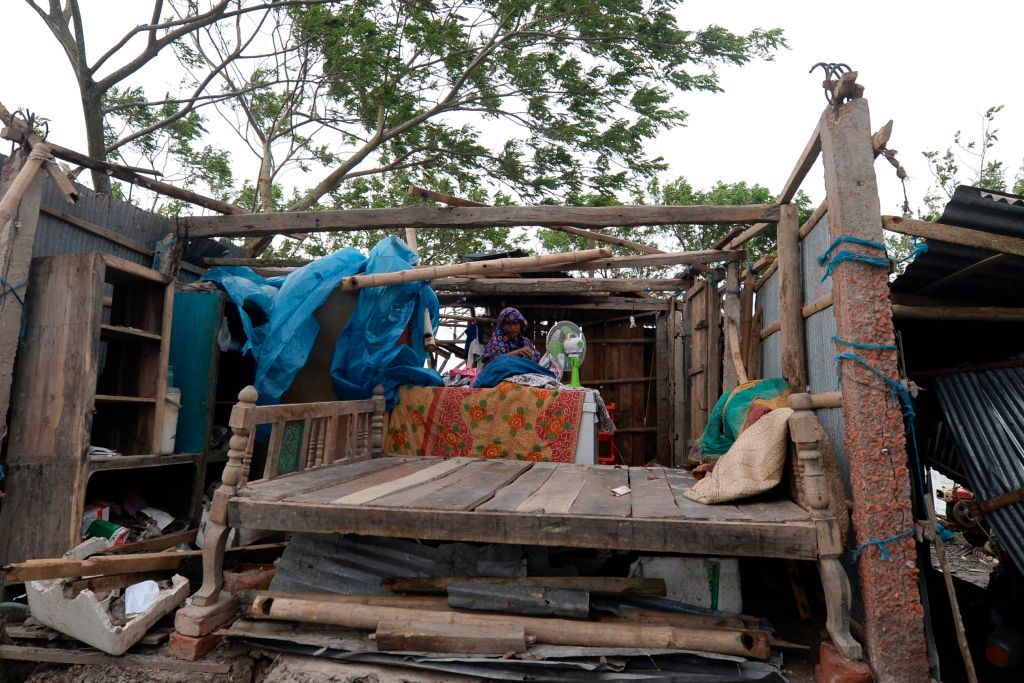
By: LakshmiPS
The death toll from a cyclone that barrelled into the coasts of Bangladesh and India has risen to 24, authorities said Monday, as the two nations assess the scale of devastation wreaked by the powerful storm.
Bangladesh carried out one of its biggest ever evacuation drives, moving some 2.1 million people to cyclone shelters specially built to minimise casualties from such storms, which can claim thousands of victims.
Cyclone Bulbul, packing winds of up to 120 kilometres per hour (75 mph) when it hit late Saturday, killed 12 people in Bangladesh — 11 from falling trees — and 12 in India’s West Bengal and Odisha states.
Five others remain missing after a fishing trawler sank in squally weather near Bangladesh’s southern island of Bhola, district administrator Masud Alam Siddiqui told AFP.
Bangladesh’s junior minister for disaster management Enamur Rahman told AFP Bulbul left a trail of destruction, damaging some 10,000 mud, tin and bamboo homes and 200,000 hectares (494,000 acres) of crops.
The cyclone weakened as it tracked inland.
The Sundarbans — the world’s largest mangrove forest which straddles the two nations and is home to several endangered species — shielded the coast from the storm’s full impact, officials added.
In India, nearly 120,000 evacuated people were returning home as the cyclone weakened, authorities said. Coastal crops in Odisha were also extensively damaged, officials told the Press Trust of India.
Bangladesh’s low-lying coast, home to 30 million people, and India’s east are regularly battered by cyclones that have claimed the lives of hundreds of thousands of people in recent decades.
While the storms’ frequency and intensity have increased — partly due to climate change — the death tolls have come down because of faster evacuations and the building of thousands of coastal shelters.
(AFP)
